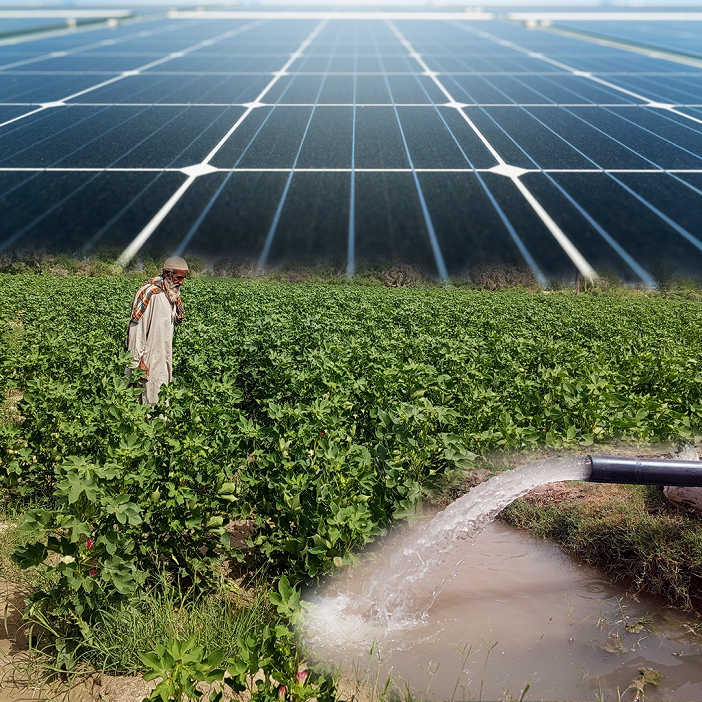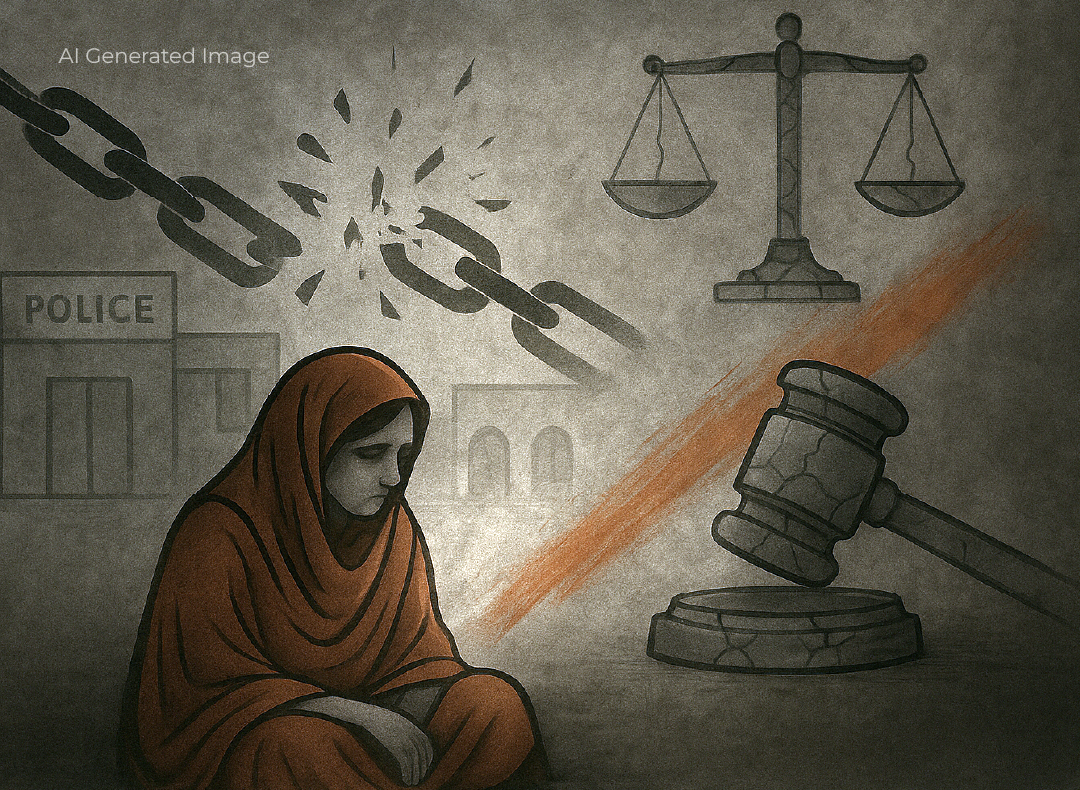Sixty-five-year-old Abdul Rahim is a resident of North Linjar Jahu, an area of district Awaran in Balochistan. He had never imagined that he would see lush green crops at his barren land. He had about 15 acres of inherited land but was unable to cultivate it. His family, comprising 30 people, could not meet its needs and would often face starvation.
“We used to work on other people’s agricultural land. During the harvest season, we used to migrate to Bela (Lasbela district), 90km away from Jahu tehsil, on camels and donkeys with our family. It took us six days to get there and the harvest work would bring us 25 katta (about 30 maunds) of wheat for the year.”
The push from a wise deaf man
Looking at his younger son Riaz, who is deaf, he says that one day all of a sudden, he picked up a spade and started digging a well in the centre of the agricultural land. On inquiring, he pointed towards other crops and the sun.
“We understood that he was talking about tube-wells running on solar energy but no one paid him attention as we knew that there was no gain in just digging a well as we did not have huge money for a solar system? But he (Riyaz) kept digging in a frenzy.”
Riaz smiled without understanding his father’s conversation while Abdul Rahim continued speaking.
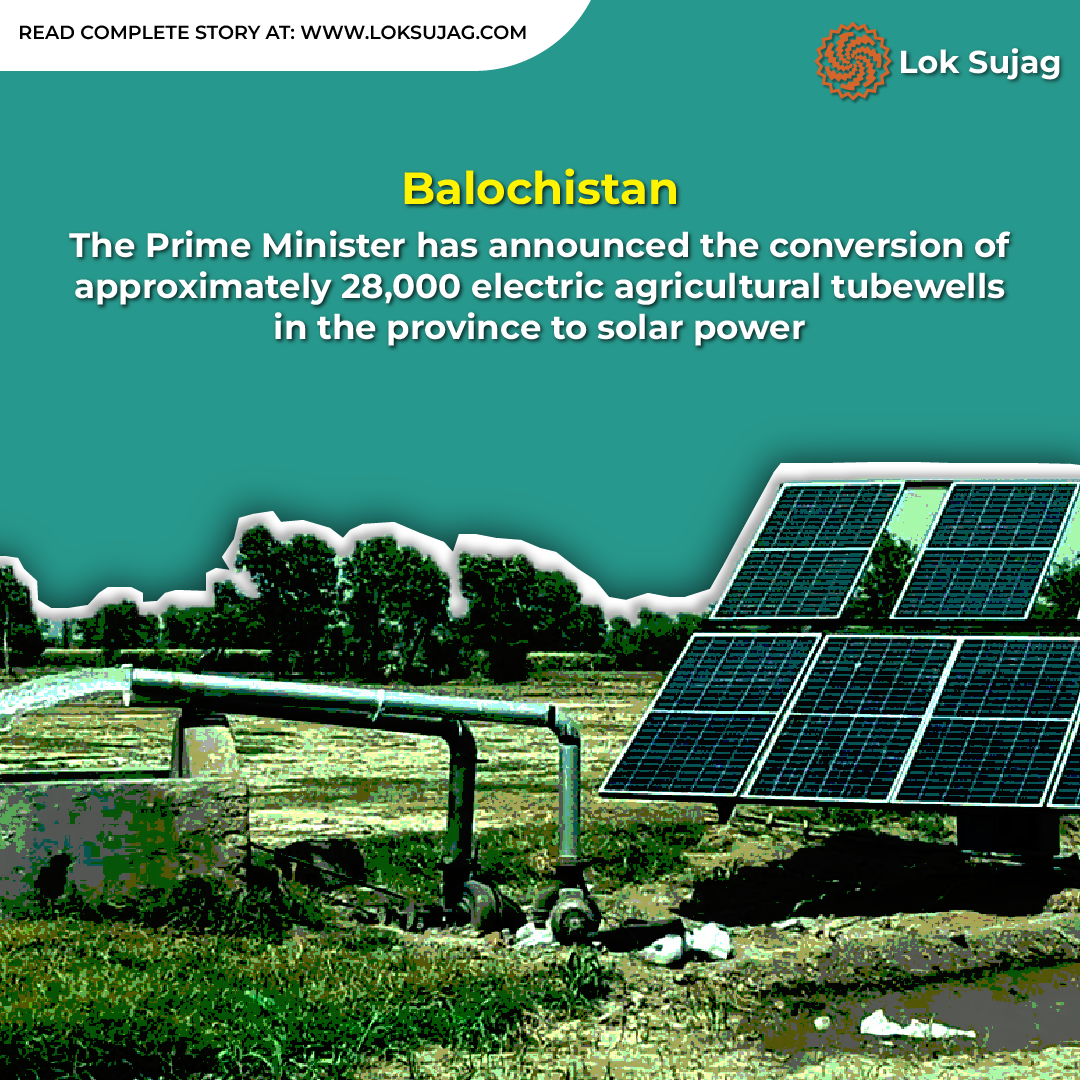
“Once Riaz dug 10 feet alone, other youths of the family also joined him. There was no water even after digging a 105 foot deep well. Then, I called my elder sons, Rashid and Pir Bakhsh, who were working in Dubai. I told them to manage money to cultivate the land. They sent us all their savings along with borrowed money that we used to dig a well with a machine and made our land cultivable after shifting half of it to solar energy.”
Looking at his mature cotton crop ready to be harvested, Abdul Rahim said, “All this became possible due to the solar energy system. It made our dreams come true. We will harvest it after a month.”
The Return from Dubai
Rahim’s 36-year-old son Pir Bakhsh says that he had shifted to Dubai in 2013 due to lack of jobs in his area.
“There, I used to look after camels and earned 800 dirhams per month after working round the clock. One day, my father called and asked me to return by mentioning that I could earn more in the fields in half the time compared to what I made in Dubai.”
Paying heed to his father’s advice, Pir Bakhsh instantly came back.
“We installed a second solar tube well and started cultivating the rest of the land with the money I had brought. Later, we also called our elder brother back. Now farming is maintaining the households of all our brothers (Pir Bakhsh, Rashid and Riaz). All three of us have bikes and there is no need to go to Dubai.”
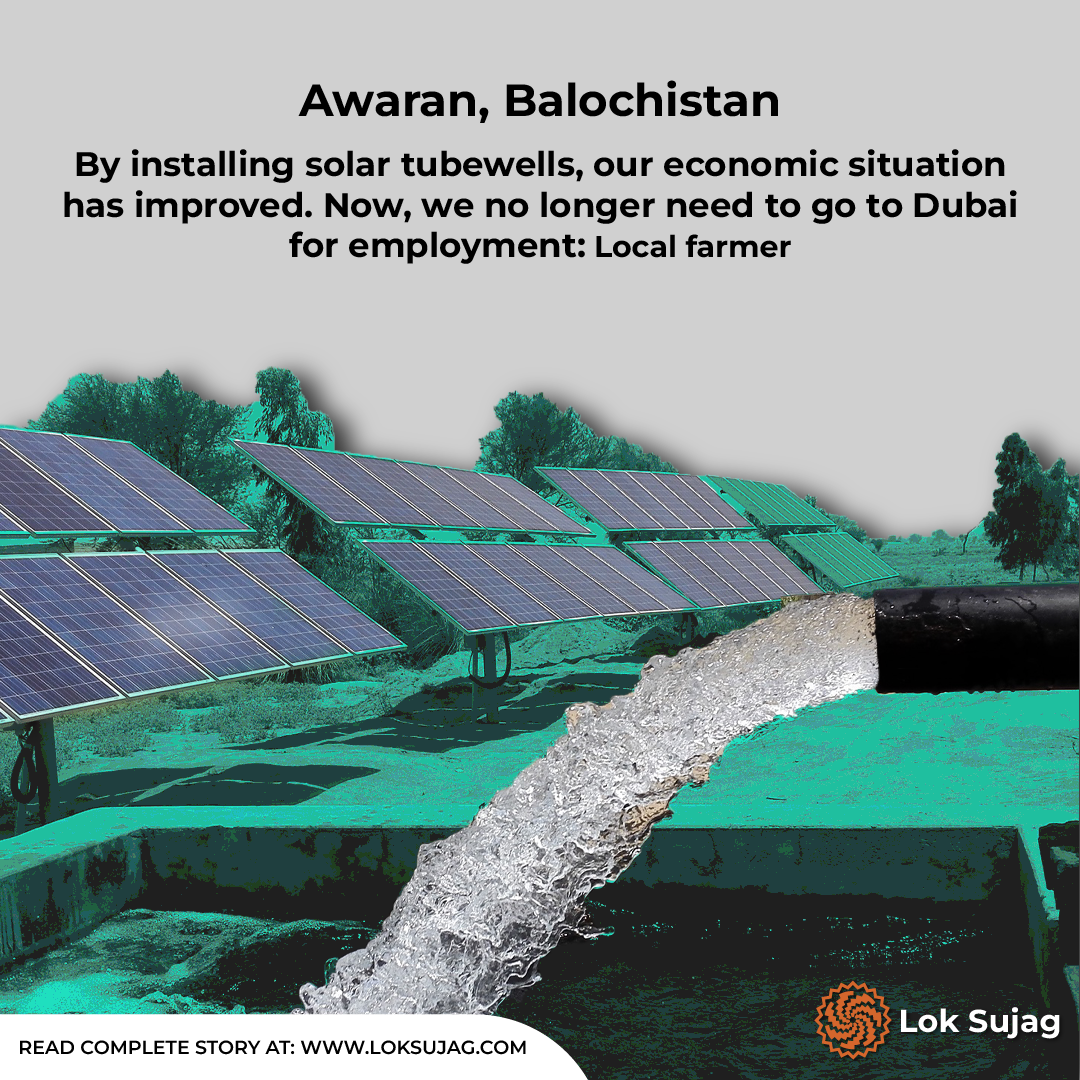
Now Abdur Rahim cultivates three crops a year (wheat, onion and cotton) on his land. He also saves some money after his medical treatment and family expenses.
Balochistan’s solar energy potential
Balochistan has a great potential for solar energy. According to World Bank, about 40pc of the province’s area can receive direct solar insolation of more than 6kW per square meter per day where the rest of the area can obtain 4.5kW per square meter per day of direct solar energy.
Now farmers are benefitting from solar energy. This energy seems to be boosting the agricultural potential of Balochistan.
Thirty-two years old Roshan has been farming his land for 15 years. He says that nine attempts to dig wells in his family’s land have failed. Whenever he tried to get groundwater, clay (locally known as ‘Ghal’) would come up during the drilling.
He mentions that the water bore problems forced him to cultivate crops by conventional irrigation which depends on the monsoon. It was all good when it rained; otherwise, the lands were left barren during drought. Secondly, only one crop, i.e. wheat was cultivated here, in which there was more work and less yield.
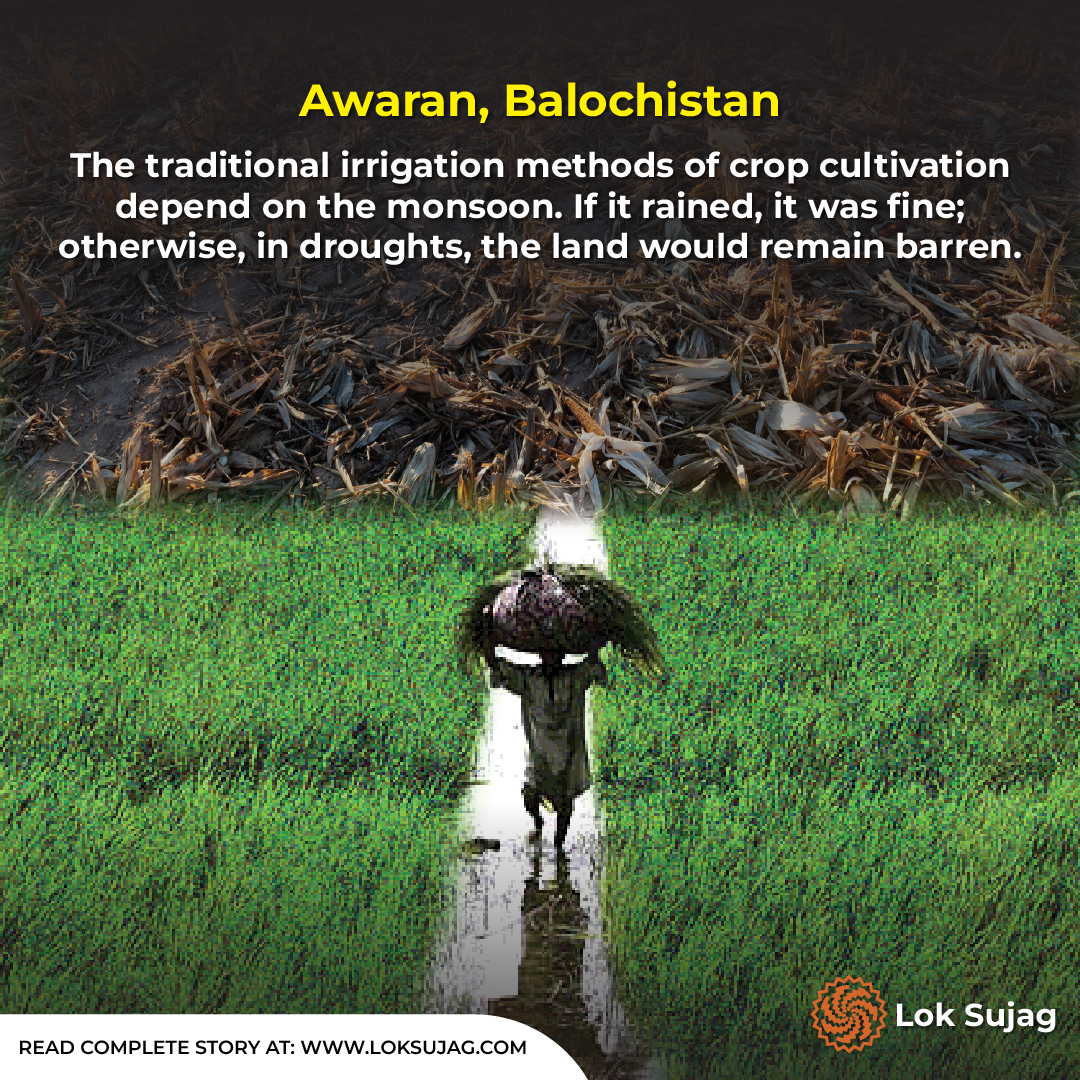
“Instead of performing another experiment, I installed a solar tube well some distance from my land and water my field through an additional 3,300 foot pipe. I recently cultivated the first crop (cotton) and I am hopeful to get a handsome income. Now three crops can be cultivated here in a year,” says Roshan.
A shift from diesel to solar energy
Dildar Khan lives in the Kundi area of Jahu and owns 22 acre land. According to him, machine farming in this area commenced in 1994. When his father started to cultivate the land in 1996, it was irrigated by tube wells powered by Chinese diesel engines.
He says that Iranian diesel was affordable those days. However, later it became expensive and went out of reach of many farmers. Low prices of agricultural produce caused the land to become abandoned again.
“Similarly, I also quit farming in 2012 after a drop in onion prices. Five years ago, I installed a solar energy system on a tube well that earlier had a diesel engine. When we saved fuel cost, we began using the same amount on fertilizer and pesticides.”
He adds that they still have a diesel engine but run it only in cloudy weather conditions, which costs an extra Rs5,000 per day.
“Previously, only half of my land was cultivated, but since installing solar, I have added another water bore and I am now cultivating the entire area.”
Rs55bn project, a permanent solution
Lately, there has been a significant development in Balochistan. The prime minister has announced to shift about 28,000 agricultural tube wells operating on electricity to solar energy. For this purpose, the federal and Balochistan governments signed an agreement in Quetta on July 8.
Also Read
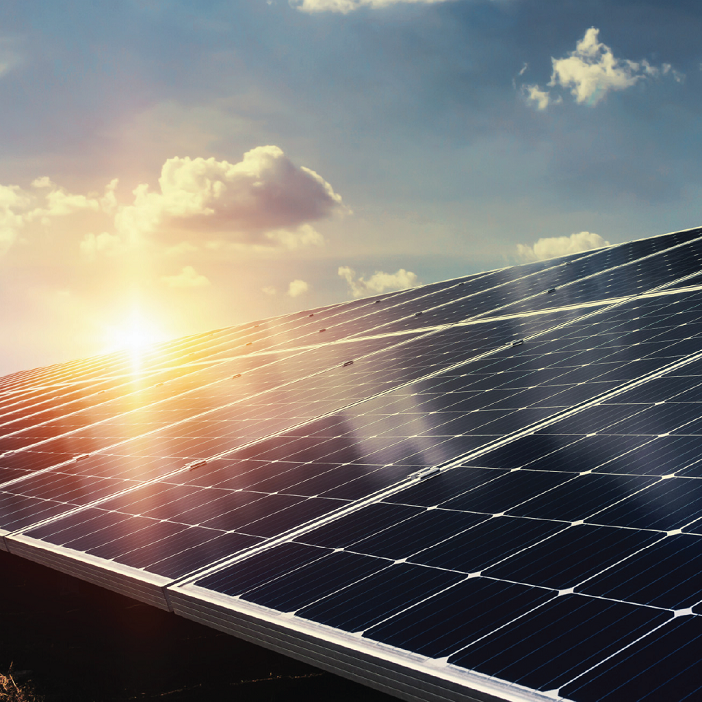
How Solar Energy is Transforming Kharan in the Thick of Power Crisis
According to the agreement, this project is worth Rs55bn, 70pc of the amount will be paid by the federal government and 30pc by the provincial government. The prime minister assigned the chief minister of Balochistan to complete this solarization project within three months.
The federal government used to give annual subsidies of Rs70bn to Rs80bn due to non-payment of electricity bills. Despite this, the farmers got only two to six hours of electricity. During the agreement signing ceremony, the prime minister said that solarization of the agricultural tube wells would permanently resolve this enduring problem. Solar technology and particularly the completion of a Rs55bn project will be the game-changer for the agricultural and rural economy of Balochistan.
Published on 23 Jul 2024
